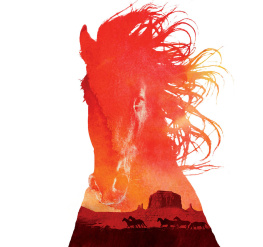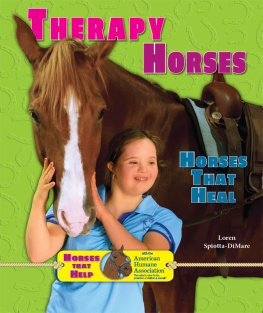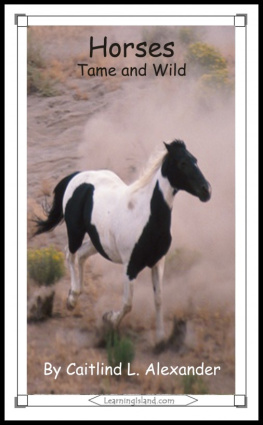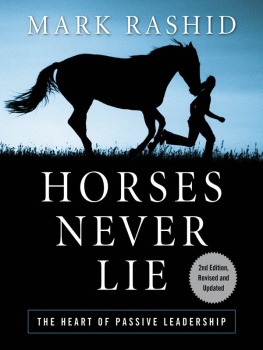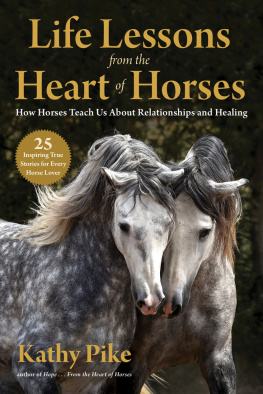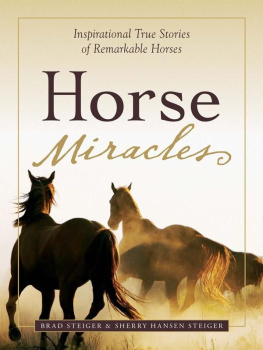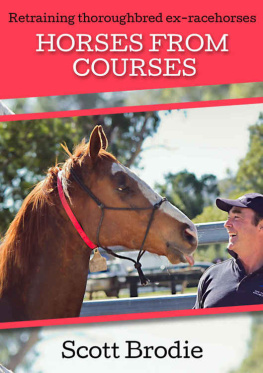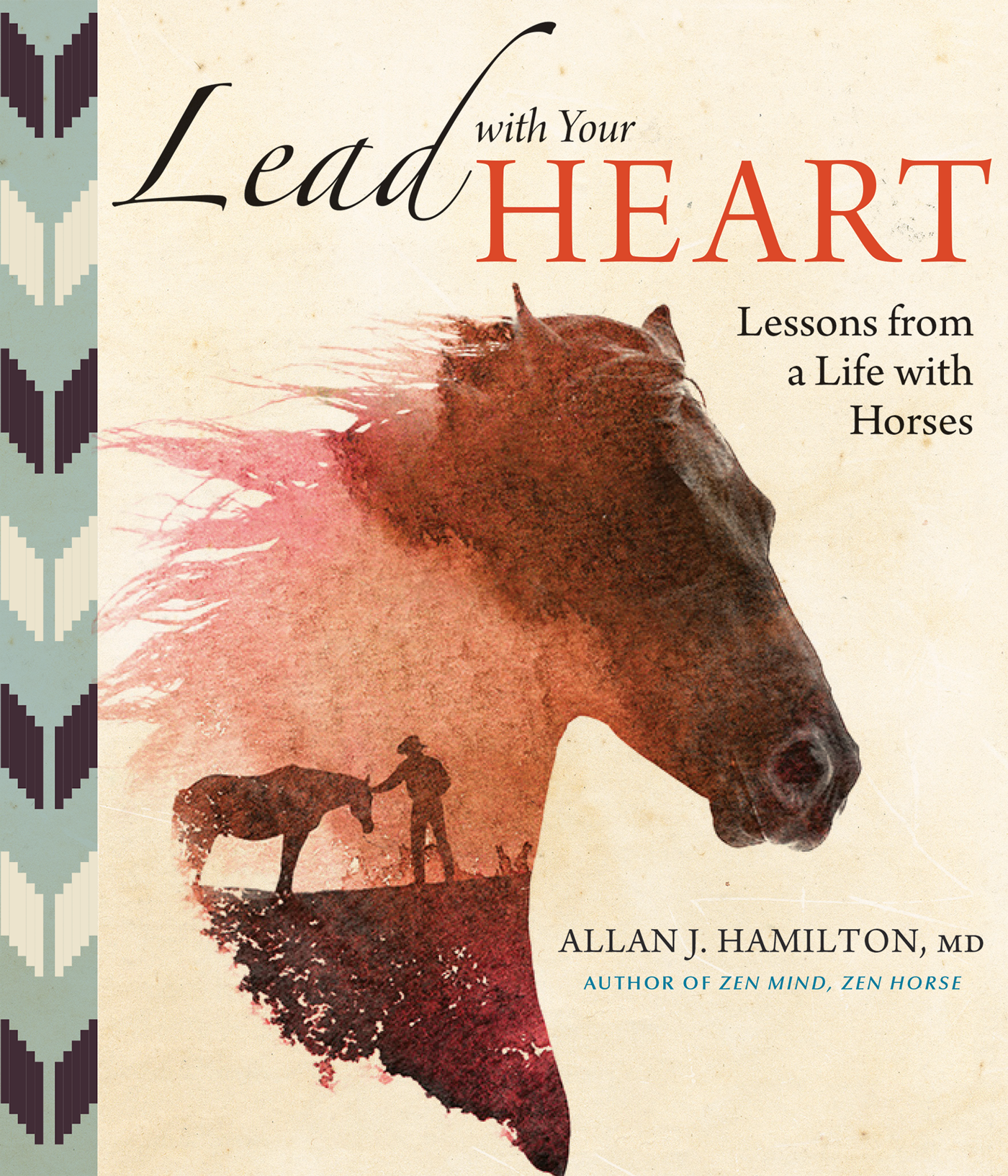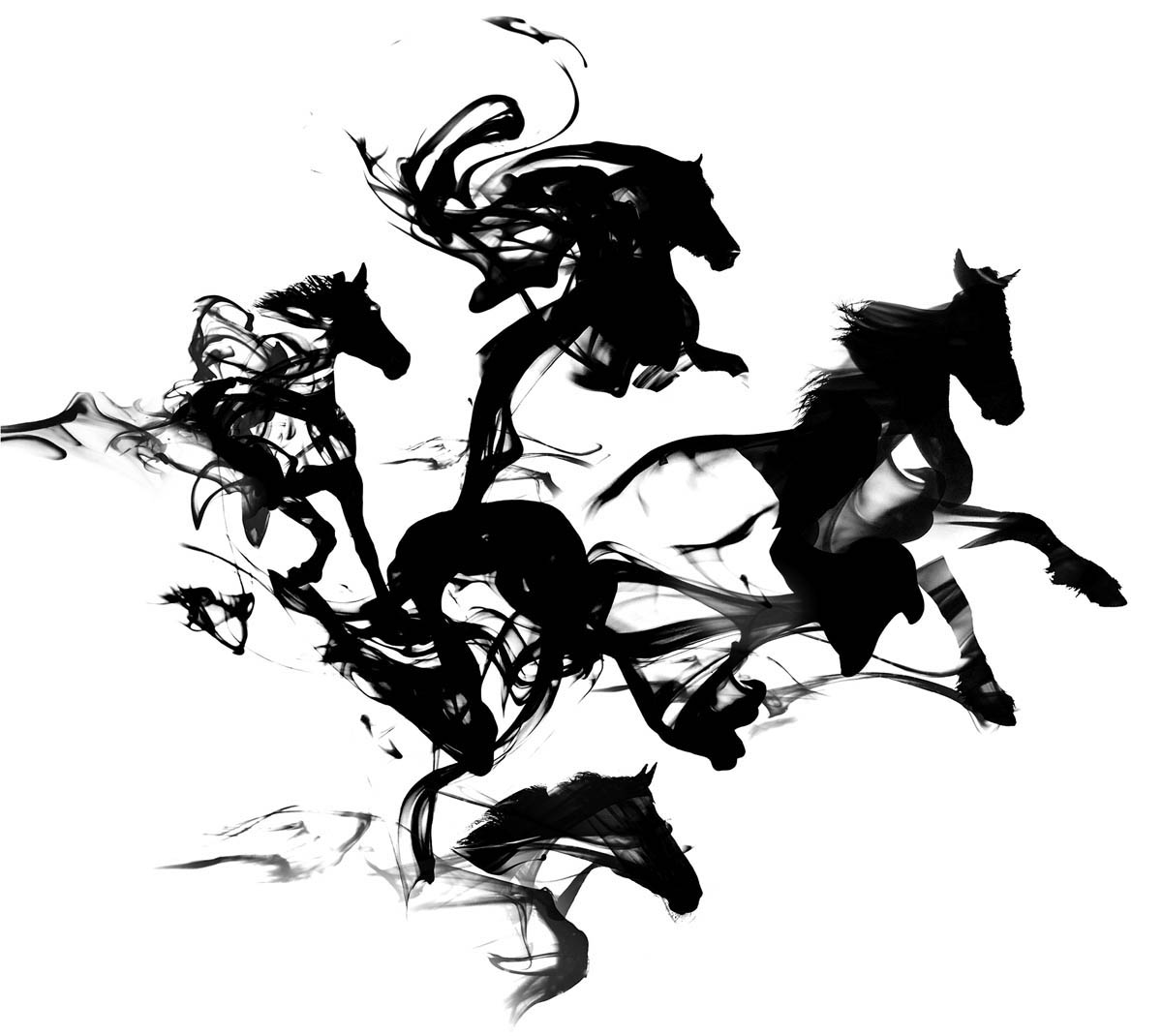Contents
Introduction
Walking Between Worlds
As a neurosurgeon, I have spent my adult life working inside the human brain with a scalpel. While that experience gave me a unique perspective on the fragility of life, it is not what made me question my own drives and instincts. No, it was working with horses that showed me a path to becoming a better person, husband, and father. Horses taught me that my self-centeredness and materialism arose from my fundamental nature as a predator. They showed me that I was driven to conquer the world because I was afraid to trust it.
Predatory animals must devote themselves to seizing opportunities and exploiting advantages, and we humans personify that attitude. Even when it comes to the fundamental physical parameters of our world, we exhort ourselves to seize the day and manage our time. We insist that space represents a final frontier, something to be conquered and claimed. We look out into the depths of the universe with the same navet that the conquistadores and the pioneers demonstrated when they faced unexplored territories. Our first instinct is to try to possess it and tame it, not to truly, simply dwell in it. We want to be out there rather than in here. We see the challenge and the struggle as existing outside ourselves rather than within.
Horses see things differently. They are large and powerful animals and can, at times, be intimidating up close, but they are the prototypical prey species. They offer us a practical method to see meaningful alternatives to our own voracious way of life. When we spend the time to see the world through their eyes, we can visualize a path to transform our predatory appetites. They challenge us to undertake the journey of mastering ourselves rather than everything around us.
Teaching without preaching, horses lead by example and employ the lessons of experience. They epitomize immersive learning at its best. And they challenge us with their formidable size and strength to bring results through collaboration rather than by force. Horses have developed their own compelling models of fairness, forgiveness, and leadership. They have acquired a group identity, a consciousness not as singular beings but as members of a family, a herd. They see themselves not as individuals in the isolated context of me but as relatives in a family in the broader framework of we. And they derive a powerful and gratifying sense of inclusion from it.
Horses share resources for the benefit of the herd. They are a wise, gentle species that eschews the notion that might defines right. While stallions with their reproductive imperative come and go, the alpha mare endures as herd leader. Because they understand what it means to be hunted, horses have the most profound appreciation for the benefits of peace. They yearn for harmony, kindness, and tranquility; they crave freedom from anxiety, abuse, and predation. With their nonviolent attitude, horses are a testament that a partnership based on trust is far more productive than one that relies on dominance.
After more than a quarter century of training horses, I no longer find it easy to distinguish the world of instruction from the realm of philosophy. At times, I find myself slipping from a seemingly trivial detail, such as teaching a horse to lift up his foot, into a much broader principle, such as honoring the connections to life around me. I find myself suddenly unstuck in time and space, able to float from a technical detail to a spiritual insight in a flash. A Zen teacher once instructed his student that to find enlightenment he should learn to chop wood and carry water. In other words, the spirit finds itself in the simplest of actions, not the greatest of accomplishments. Grooming manes and picking hooves is no different from chopping wood or carrying water. The simplest acts can engender the greatest insights.
So it has become my habit to go to the round pen or head out on the trail with a small pencil and some 3-by-5 cards in my pocket. I scribble notes about whatever drifts into my head as I work with my horses. Sometimes it might be a fine point about improving my technique; other times, its a powerful life lesson. And occasionally, a gust of insight suddenly rushes in with such power that I feel as though it could sweep me off my feet if I cant write it down fast enough. I am convinced that my horses are trying to show me something of value, to help me visualize a different perspective: to see better so I can be better.
This book evolved from the thoughts and images I scrawled on those bent cards, dog-eared notepads, and the backs of faded receipts when I emptied my pockets before throwing my jeans in the laundry. I gathered them, expanded on some, and assembled them so I could slip a copy into my back pocket, go back and refresh my memory, re-inspire myself, as I water my horse or we both rest a spell in the shade of a pine tree.
We are all on a quest for self-revelation. The ultimate homework assignment is to try to become better, kinder, and more loving individuals. The result we hope to see is one of continuing self-transformation. If we halt our search, then nothing lies ahead but stagnation and decay. Each of us must dedicate ourselves to a daily regimen to further self-awareness and growth. Not only is it a habit we need to cultivate, but it must also become our passion.
TEACHING and LEARNING
Horses and other herd animals teach us that we share energy between our own individual consciousness and the larger context of the cosmos. That ebb and flow is an energetic conversation teaching us something about ourselves. We cannot be good teachers if we are not good learners. If we havent learned, we have nothing to teach.
FIND THE RIGHT PLACE TO START.
Each person is a unique individual in time and space. Each of us has our own history, our own weaknesses and strengths some things at which we can succeed easily and others at which we fail miserably.
Even over the course of the day, you wax and wane. You are a different person now than you were when you woke up this morning, even though you have the same drivers license. You can tackle some things with more energy in the morning than in the evening, and vice versa. Sir William Osler, one of greatest teachers in the history of medicine, divided his students into roosters and owls to account for some learners who came roaring out of the starting blocks first thing in the morning and others who worked better burning the midnight oil.
Horses, too, possess well-developed psyches. Every time we work with a horse as handler, owner, or trainer we must ask ourselves: Have I earnestly looked for the right place to start this particular horse for this particular task at this particular moment?
Imagine that you are in kindergarten. I am your teacher and its my job to teach you to read. So I plop down a copy of Tolstoys

